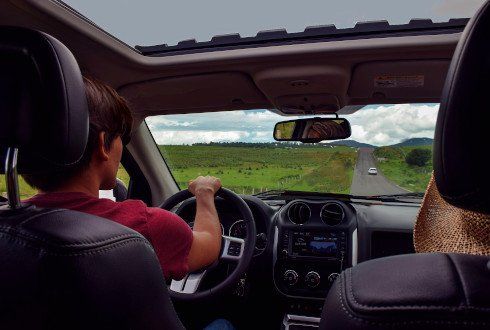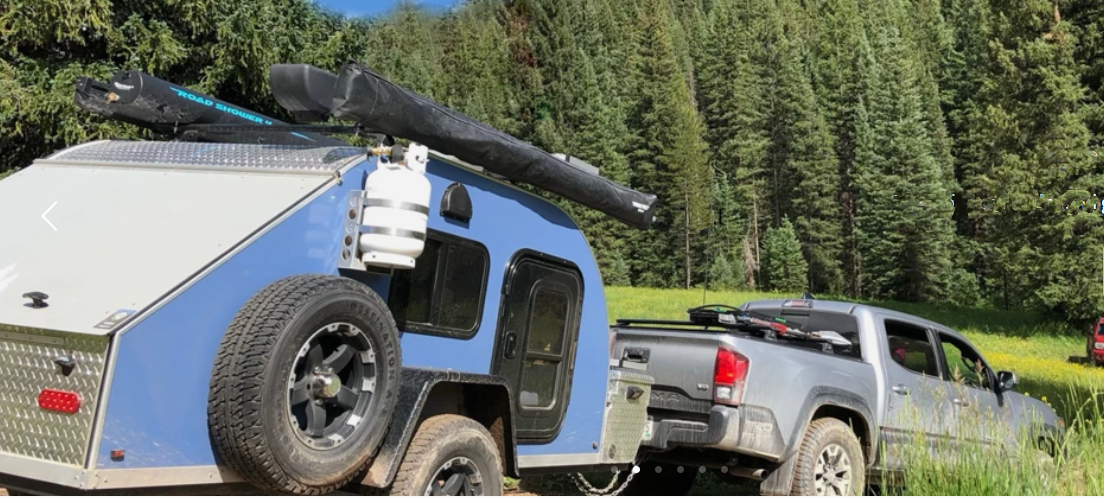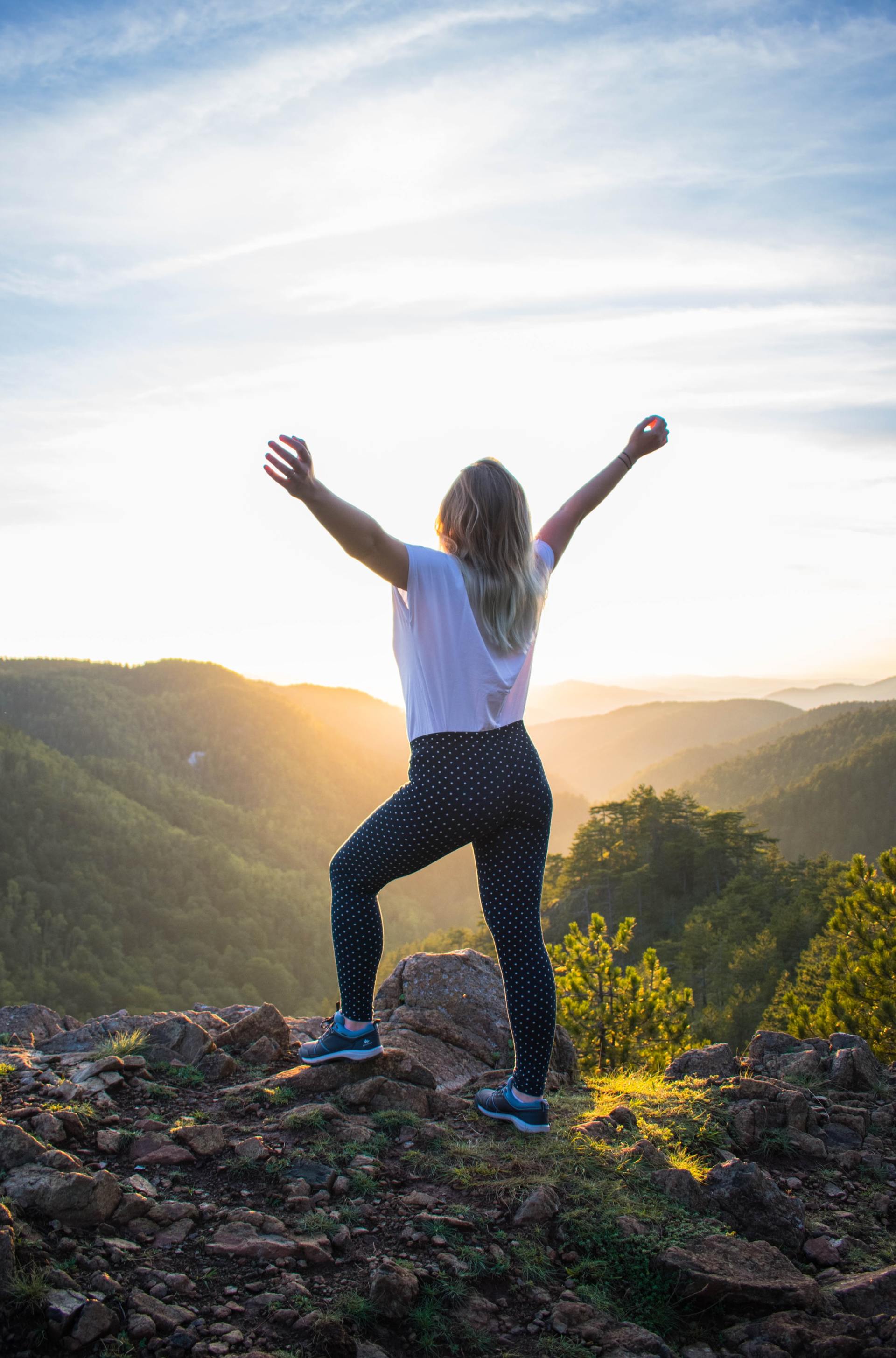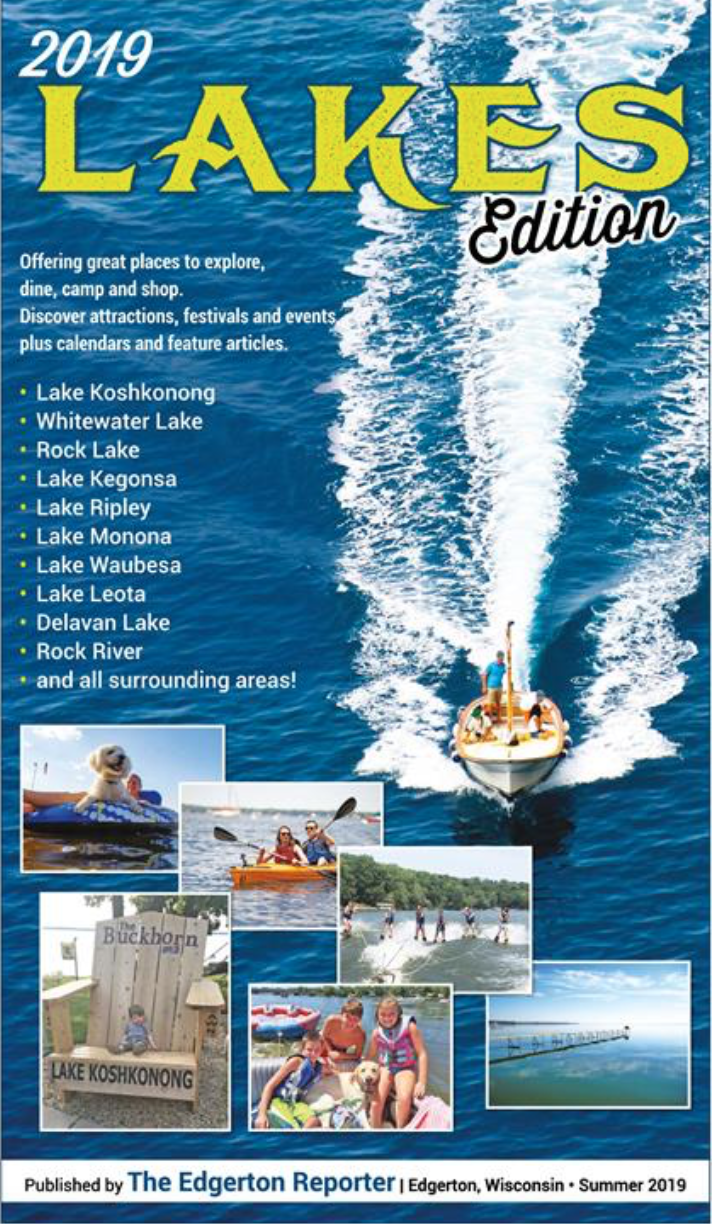Travelog WI
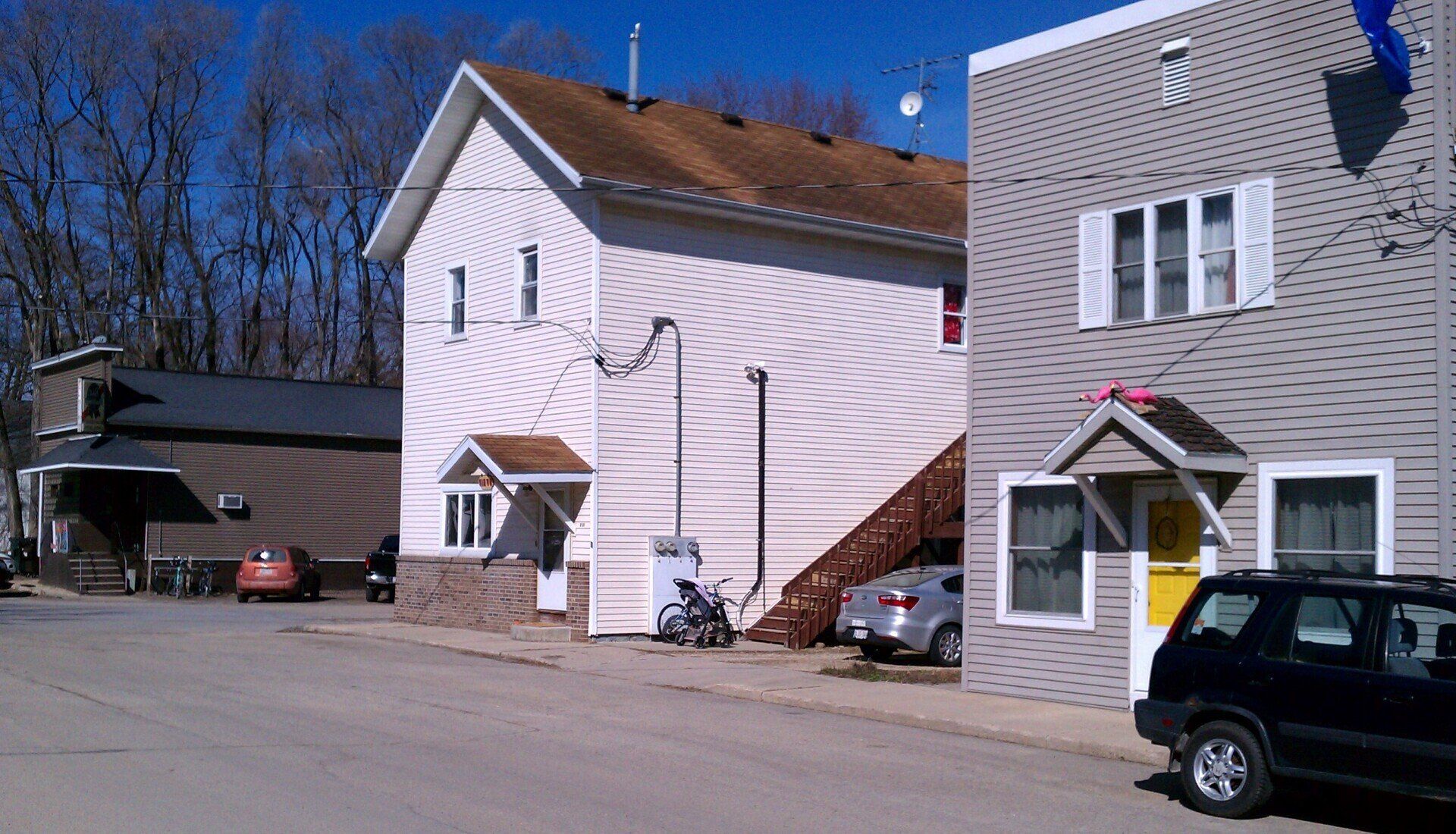
(Photo of Morovian Church in London, Wisconsin) No overcrowded sandy beaches, or raucous nightlife these unincorporated towns in Southern Wisconsin have much to offer for the ultimate, Spring break staycation. There are so many often overlooked villages in our region that are car-stop worthy. In no particular order, as Summer break is all about spontaneity and freewill here are a number of towns for consideration. London, Newark, and Rome are not just major, international airport hubs they are also destination worthy, towns in Southern Wisconsin. N ewark The town of Newark for example, is the birth place of Dorr Eugene Felt (1862-1930.) If you have ever used a Comptometer then you know who to thank. The Comptometer is the world's first, mechanical calculator. According to the U.S. Patent Office Mr. Felt, though only attending high school for one year, produced over 25 foreign and 46 domestic patents. He also wrote and a number of publications, and papers related to labor relations in the U.S. Loyola University in Chicago is home to a number of his writings. Newark's most famous resident the Beckman Mill is worth a visit any time of year. Built in 1868, the mill continued to operate until the late 1950s. In 1977 the Beckman Mill was placed on the National Register of Historic Places. The best thing about a stopover in Newark, you can break a sweat while learning about history, Beckman Mill County park offers 50 acres of wetlands, woods and a garden.

Pictured above is Devils' Lake State Park Another sign that normalcy has returned to the Summer vacationing season in Wisconsin, the DNR announces on June 1st a number of changes to its' operations across the state. As the number of daily cases of COVID-19 in the Badger State continues to decline and the number of vaccinated Wisconsinites rises DNR officials are now allowing indoor group camps, with both indoor and outdoor camps returning to their capacity of 350. State park properties and State Natural Areas (SNA) which were closed last summer and now open incliude: Gibraltor Rock, Pewitt's Nest, Dells on the Wisconsin River, and the popular Rock Island State Park. Also, in time for Summer all enclosed shelters are now open, as well as playgrounds and towers such as Lapham Peak State Park and Peninsula State Park. Open air shelters and amphitheaters can have maximum capacity or 350 people, as well o utdoor-only concession activities. However, visitor centers, office buildings, and nature centers remain closed until further notice. Some state park, drive-up windows may be open for admission purchases. If you are not sure where facilities are open or closed you can now visit DNR service centers Fitchburg, Green Bay, Madison and Spooner to purchase a state park sticker or fishing license. The DNR assures that it will continue to operate with safety in mind for all visitors and staff based on the Badger Bounce Back Plan COVID-19 precautions such as encouraging social distancing, and park capacities are still in place. The DNR recommends visitors enjoy parks at off-peak times or other properties less popular. State parks that are subject to capacity limits include: o Copper Falls o Devil's Lake o Governor Dodge o Governor Nelson o Harrington Beach o Hartman Creek o High Cliff o Interstate o Kinnickinnic o Kettle Moraine Southern Unit o Lapham Peak o Perrot o Rib Mountain o Roche-a-Cri o Whitefish Dunes o Willow River The Wisconsin Department of Natural Resources recommends you visit those natural areas listed above during non-peak hours before 10 a.m. and after 4 p.m. According to the DNR "The majority of Wisconsin Department of Natural Resources properties are open, with special conditions to help limit the spread of COVID-19 and protect natural resources."

" O ur goal is not just an environment of clean air and water and scenic beauty. The objective is an environment of decency, quality and mutual respect for all other human beings and all other living creatures," Wisconsin's "conservation governor" Gaylord Nelson said of Earth Day the worldwide event he had founded. On April 22, 1970 the first Earth Day was celebrated by over 20 million Americans. The event brought communities across the country together to support the environment. Today, Earth Day is celebrating its' 51st year and while the mission is the same the message is more clarion and dire than ever before. But in this media landscape of doom and gloom there are signs in Washington D.C. and small towns across the U.S. that people finally understand what Gaylord Nelson's Earth Day truly is. This single day event has brought communities across the globe together to think sustainably, plant trees, save rain forests, prairie and wetlands and foster meaningful legislative action from the world's largest economies to those countries less economically blessed in the global south facing the constant threat of climate change every day. The United Nations Climate Change Conference which will hold COPP 26 in Glasgow this November owes a great deal to Wisconsin's very own, the man from Clear Lake, Gaylord Nelson. In the age of the internet, Earth Day is not only a one day worldwide celebration but a dedicated website https://www.earthday.org/ that nurtures community connections and actions in a Social Media driven context.. The website is vast and somewhat daunting for a first time visitor. If you were fortunate enough to visit Earthday.org on Earth Day you were treated to a livestream of dignitaries and every day people speaking up for the environment and highlighting the actions their communities or organizations have taken to make this planet a healthier place for all of us to live. But the Earth Day website outside of April 22nd offers -downloadable toolkits and action plans that even a single individual can take on. There is the "Earth Challenge" which invites citizens around the globe to document point sources of pollution. The Great Global Cleanup (#GreatGlobalCleanup) encourages people to seek out groups in their community that are cleaning up trash around their neighborhoods and parks. Or you can pledge to make your next meal plant based. These are just a few Earth Day actions that you can do every day, whether your at home or on vacation use Earthday.org as your guide to live a greener, cleaner life and as U.S. Senator Gaylord Nelosn succinctly put it, "(create) an environment of decency, quality and mutual respect for all other human beings and all other living creatures."
Safe outdoor activities key to maintaining your physical and mental health during the pandemic
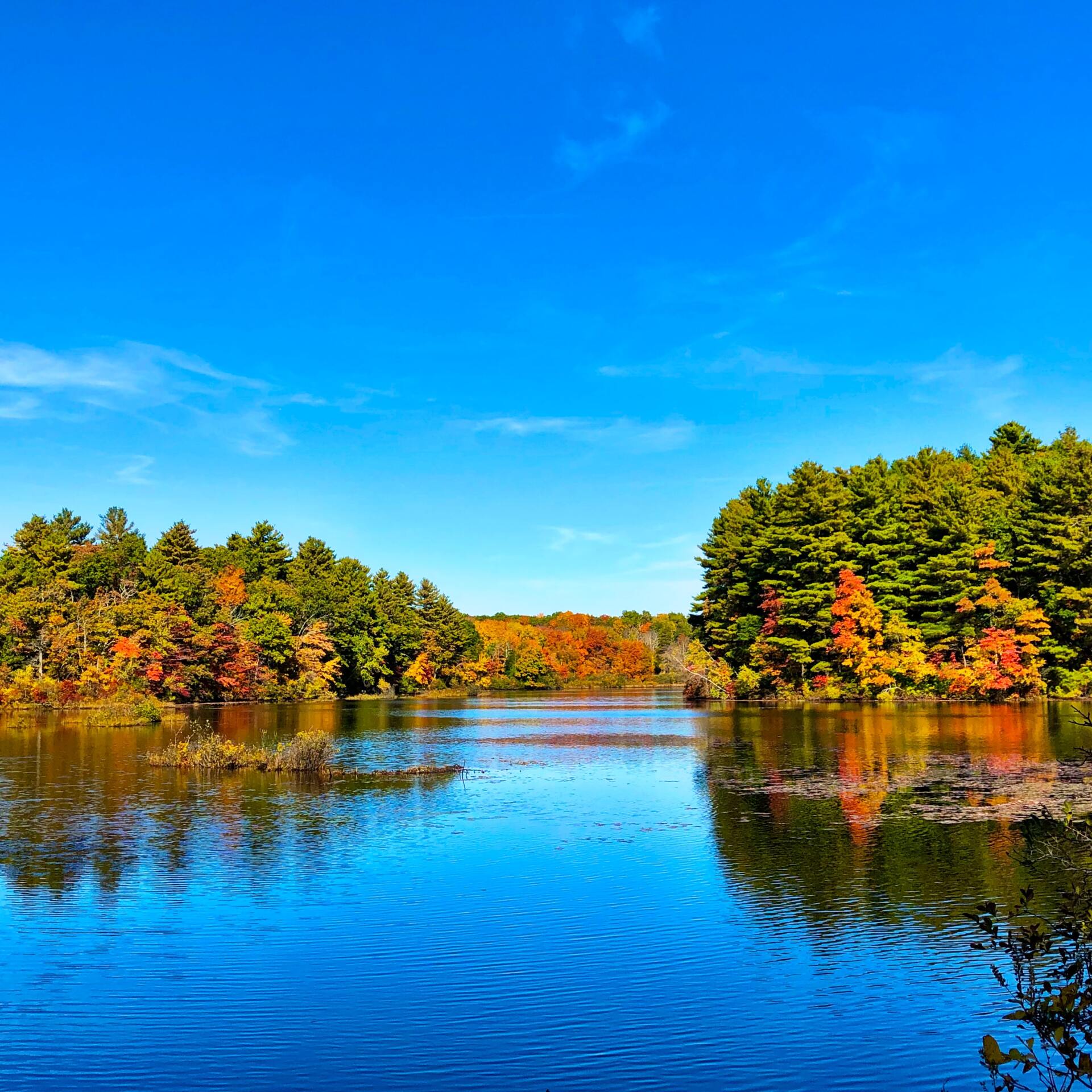
In response to the
extreme rise in Wisconsin's COVID-19 cases Evers issued Executive Order 94 pleading with Wisconsinites to "stay home to save lives."
The governor acknowledges however, that it is critical that everyone maintains good mental
and physical health during the pandemic., that includes going outdoors walking and biking.
The Mayo Clinic recommends avoiding indoor exercise spaces where you are more likely to
come in contact with respiratory droplets from an infected individual, and poor building
ventilation. The good news is you reduce your risk for exposure outdoors like all viruses
circulating fresh air disperses the droplets. Viruses die outdoors they need to hijack a live
host's RNA (DNA instructions) to replicate or spread.
"You're less likely to breathe in enough of the respiratory droplets containing the virus that
causes COVID-19 to become infected," the Mayo Clinic states. However, that does not mean
you should abandon all safety precautions once you step outside. Quite the contrary, mask-up
and staying six feet away from others outside of your family outdoors offers the greatest
protection against COVID-19. up to 95% efficacy as some scientific estimates report.
Combining both safety measures decreases the virus's ability to survive outdoors.
The Mayo Clinic and CDC recommend a number of low-risk outdoor activities to help
combat depression, stress and build up your immune system.
Low Risk Activities
In fall and winter seasons there are less opportunities to remain active outdoors but with
a little patience and planning you can still enjoy. Depending on how hardcore a biker you
are biking can last until the first snow fall or beyond with the right equipment. Walking,
running, and hiking are viable all days of the year. Fishing and hunting are also great
ways to get outdoors and practice safe distancing.
Patience and Planning
So many of us make excuses of not exercising outdoors once the temperature starts to drop
but with a little patience and planning we can enjoy most of the activities we love in the warmer months.
Remembering the Danish philosophy of Hygge (pronounced hoo-ga) the fall and winter months
are the times for being kind to yourself, keeping cozy and maintaining your well-being..
Layering up with water resistant and wind resistant clothing is a good start.
Remember to warm-up and stretch muscles before going out. Bring a flashlight or wear light
reflective clothing since the sun sets much earlier in the fall and winter months. Always stay
hydrated. Lastly, bring the jams It is no coincidence that we feel better, lower cortisol levels,
sleep better when we listen to music. Researchers at the Northwestern University's Auditory Neuroscience Laboratory studied the effects of music on the human nervous system.
Dr. Nina Kraus, a professor and neuroscientist at NU found that human heartbeats biologically
orient towards music "the legs want to swing, metronomically, to a beat." she stated to Psychology Today. Bring your smartphone and earbuds on your next outdoor activity and visit Soundcloud
or Steadymixes.com for the latest cardio, or meditative, oriented mixes of music some lasting
over an hour. Neither website requires a membership, you can listen for free.!
Lastly, play safe outdoors, remember to mask up and stay six feet away when coming
in contact with the pubic outdoors in the park or by a boat launch.




